C2.6 - Kingdom Fungi
Overview, Structure, and Function
- Heterotrophic decomposers
- Consist of hyphae
- hyphae: tightly-packed filaments
- have cross-walls (most fungi)
- cross-walls: additional cell walls that divide long filaments into many separate end-to-end cells
- mycelium: interwoven hyphae mass
- fruiting body: reproductive structure
- usually visible part of fungi appearing above ground
- Surface to volume area of hyphae and substrate very high allowing maximum absorption
- Cell walls composed of chitin
Structure of fungi
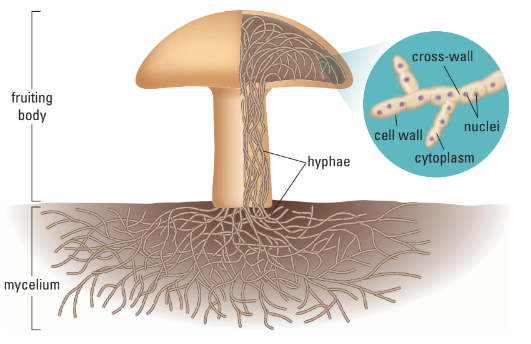
Diversity and Importance of Fungi
- fungi are more closely related to animals than plants
- they are heterotrophic and absorb nutrients from the environment
- use enzymes to break down organic matter outside their bodies
- require oxygen to survive
- include mushrooms, moulds, yeast, truffles, rusts
- over 100,000 known species with wide diversity
- important decomposers recycling carbon and nitrogen
- help plants by recycling nutrients and forming symbiotic relationships
- some fungi are parasites that harm plants and animals
- cause many plant diseases and human infections like ringworm and athlete’s foot
Division Zygomycata
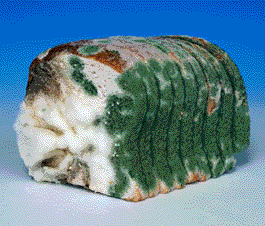
- Key characteristics: Common terrestrial moulds
- Common terrestrial moulds
- Live on decaying plant and animal matter
- Some are plant parasites
- Capable of sexual and asexual reprod.
- i.e. Rhizopus stolonifer, black bread mould
Division Ascomycota
- Key characteristics: sacs called asci that contain sexual spores
- Diverse group incl.
- moulds
- plant parasites like
- powdery mildew
- Dutch elm disease
- ergot
- yeasts
- morels
- truffles
- Terrestrial and aquatic
- Capable of sexual and asexual reprod.
Examples
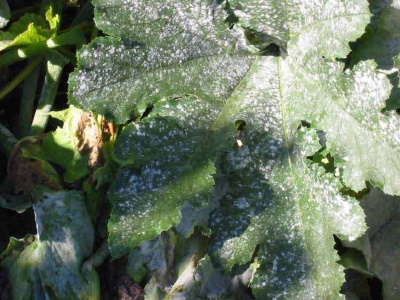
Powdered mildew
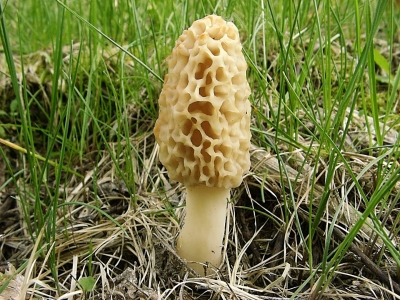
Morel mushroom
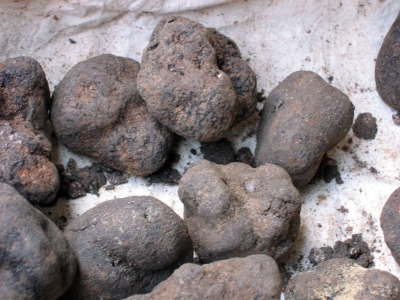
Truffle mushrooms
Division Basidiomycota
- Key characteristics: club-shaped cell called a basidium that produces sexual spores
- Mushrooms, toadstools, puffballs, rusts and smuts
- Grow spore-producing bodies called basidia
- Sexual reproduction only
Examples
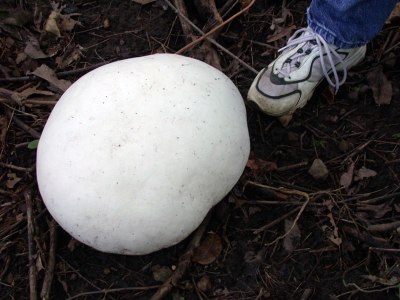
Giant puffball
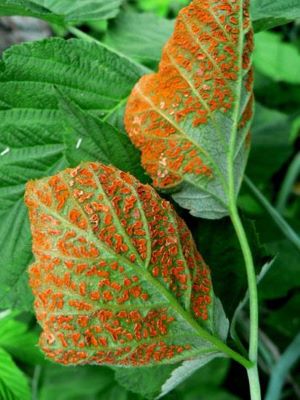
Orange rust fungus
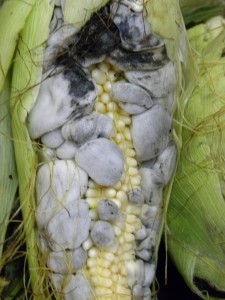
Corn smut
Mycorrhizae
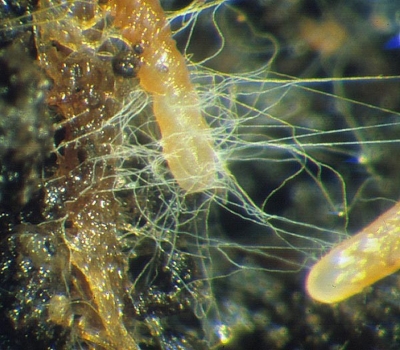
- mychorrhizae: fungi that form symbiotic relationships with plant roots
- Help plant to absorb nutrients like phosphorous and trace minerals
- Act like extension of plant roots
- Fraction of diameter of plant root
- can penetrate into places where plants cannot
- Plant provides food to fungi
- Plant typically grows poorly in sterile environments
Diagram of mycorrhizae
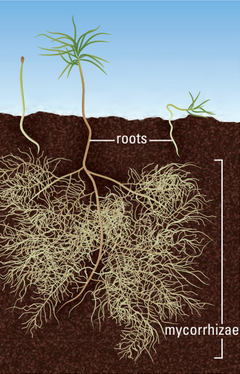
Lichens
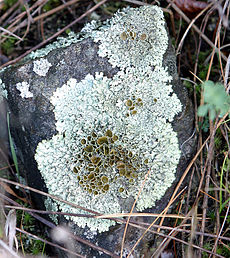
- Mutualistic, symbiotic association between fungi and green algae
- Algae provide food for symbiont
- Fungi provide protection, structure and mineral nutrients
- Inhabit harsh environments but sensitive to pollution
Examples
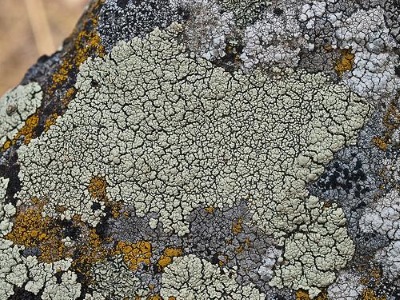
Crustose (Encrusted) Lichens
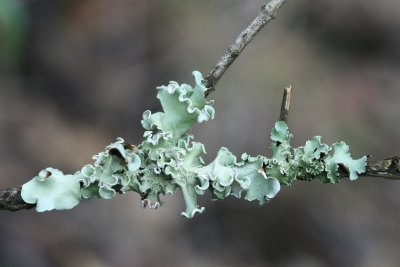
Foliose (Leafy) Lichens
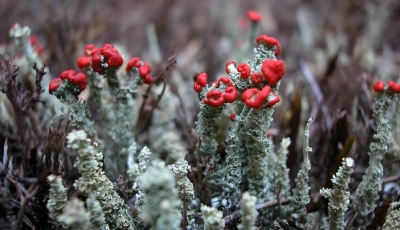
Fruticose (Shrubby) Lichens
Chytridomycota
- chytridomycota: fungi w/ flagellated spores
- chytrids
Reproduction
Asexual
- piece of hyphae breaks off and releases spores
- spore: haploid cell that help fungi reproduce
- spread by wind and can withstand unfavourable conditions for long time
- capable of germinating and producing hyphae or yeasts in favourable conds.
Sexual
- 2 different sexes in fungi: + and -
- opposite haploid hyphae grow toward each other and fuse to form diploid zygospore
- 1 chromosome from each parent “hyphae”
- Club and sac fungi (i.e. mushrooms, puffballs, morels)
- joining of two genetically diff. hyphae produces dikaryotic hyphae
- dikaryotic: containing two nuclei per cell
- one from each “parent” hyphae
- eventually, dikaryotic nuclei fuse and form single diploid nucleus
- diploid nucleus then divides into haploid spores (cycle repeats)
Reproduction of black bread mould (R. stolonifer)
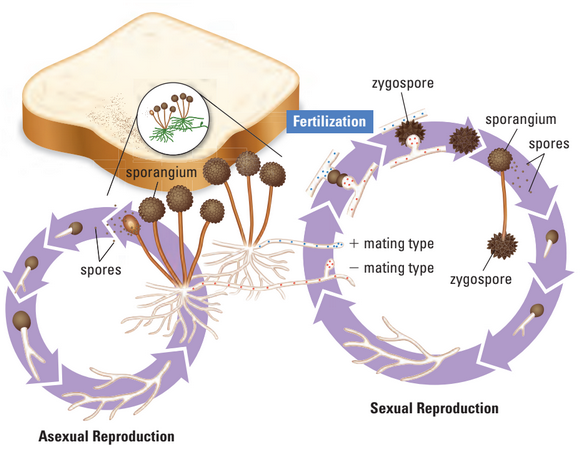
Climate Change
- rising temperatures are shifting plant ranges north
- plants migrate faster than soil organisms like fungi and insects
- new soil conditions may not support plant-fungi symbiosis
- disrupted symbiosis can reduce plant success
- air pollution has destroyed half of western Europe’s mycorrhizae
- loss of fungal webs could impact entire soil ecosystems